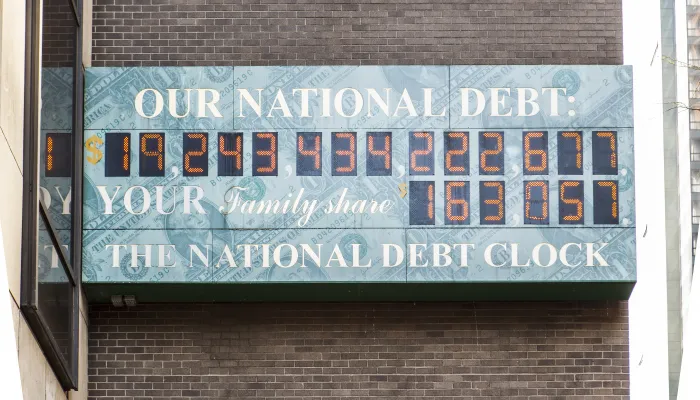The Economic Effects of Avoiding (Much of) the Fiscal Cliff
Update: CBO confirmed our numbers today, finding a remaining fiscal contraction of about 1 1/4 percent.
The American Taxpayer Relief Act which President Obama just signed into law has averted much of the fiscal cliff while enacting a small amount of deficit reduction. Of course, the short-term purpose of avoiding the cliff was to prevent immediate austerity measures from damaging the economy. We have already described how ATRA would affect the budget, but how did it do on softening the economic harm?
Remember that the fiscal cliff had several components -- some of which were fully addressed and others which were not or only partially addressed. The components of the cliff were:
- The 2001/2003/2010 tax cuts
- The Alternative Minimum Tax (AMT) patch
- The across-the-board spending sequester
- The 27 percent scheduled cut in Medicare physician payments
- The payroll tax cut and unemployment benefits beyond 26 weeks
- The various "tax extenders"
- The taxes from the Affordable Care Act that were scheduled to go into effect in 2013
The first two items were extended permanently, with the exception of tax cuts for essentially the top one percent of earners. The physician payment cuts, unemployment benefits, and tax extenders were all extended for a year. The sequester was delayed for two months. The payroll tax cut, or some equivalent, was discussed as a possibility, but ultimately was allowed to expire. Finally, the ACA taxes went into effect as scheduled.
CBO's pre-deal estimate of the economic effect of the fiscal cliff through 2013 was 2.9 percent of GDP. Using the numbers in that same report, we estimate that the ATRA will reduce the amount of fiscal drag by slightly more than one-half to about 1.3 percent of GDP. Most of the remaining economic impact comes from the ten months of remaining sequestration and the expiration of the payroll tax cut.
But both parties have indicated that they would prefer to repeal the sequester for at least 2013, if not longer. Of course, it remains to be seen how lawmakers plan to replace the sequester. Assuming that they replace it with cuts that take place beyond 2013, the fiscal cliff related drag would be further reduced to 0.7 percent of GDP, the remaining drag being mostly from the payroll tax cut expiration.
Source: CBO, CRFB calculations
There are a few things to note about these calculations. One is that this only looks at 2013, thus ignoring the potential effect of the unemployment benefit/tax extender/doc fix cliff now scheduled for the end of the 2013. That cliff would be much more mild overall than this cliff, but would still have an effect in 2014. The second is that the 1.3 percent number does not represent the total fiscal drag or stimulus from the federal government in 2013, since it does not take into account policies outside of what we label the fiscal cliff (other stimulus in effect or winding down, the discretionary spending caps, or other deficit reduction previously put into place, for example). Finally, this does not account for any increased or reduced uncertainty as a result of the deal or effects related to the failure to adequately tackle our long-term debt problem.
In short, out of a 2.9 percent of GDP economic impact in 2013, lawmakers have permanently averted 1.6 percent of the harm and have the potential to avoid an additional 0.6 percent of it.


